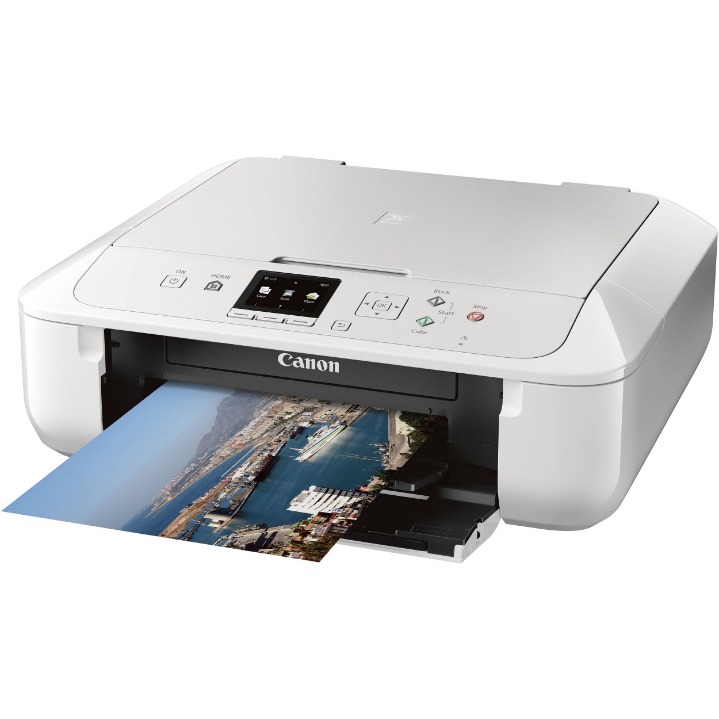Heat-Printed Proofs at the Speed of Need
From bustling retail counters to self-service kiosks and transit gates, fast and reliable ticketing matters. The right device transforms queues into flow, keeps maintenance low, and ensures every customer leaves with a crisp, scannable record. Enter the modern 80mm thermal printer ticket solution: compact, efficient, and engineered for high-volume output without ink or toner.
What Defines an 80mm Thermal Ticket Printer?
An 80mm unit uses standard 3-inch thermal media to produce clear text, logos, barcodes, and QR codes through heat on coated paper. Its appeal comes from speed, longevity, and simple mechanics—few moving parts, fewer jams, and no messy cartridges.
Core Advantages
- High throughput: rapid print speeds minimize queue times.
- Low total cost: no ink or toner, fewer consumables to manage.
- Durability: long-life print heads and auto-cutters built for duty cycles.
- Quiet operation: ideal for hospitality and healthcare environments.
- Easy integration: USB/serial interfaces, compact footprints, and flexible mounting.
For embedded kiosks and OEM applications, see the 80mm thermal printer ticket option that balances size, speed, and connectivity.
Where It Fits Best
- Retail and hospitality: POS receipts, order tickets, pickup stubs.
- Transportation: boarding passes, platform slips, and fare receipts.
- Parking and access control: entry tickets, validations, and permits.
- Self-service kiosks: queue management, check-in, and payment confirmations.
- Healthcare: patient labels, visit summaries, and pharmacy pick-up tickets.
- Logistics and lockers: pickup codes, parcel receipts, and return labels.
- Gaming and entertainment: payout slips, event admissions, and vouchers.
Selecting the Right Model
- Paper handling: support for common roll diameters and easy loading.
- Cutter endurance: rated lifecycle aligned with expected daily volume.
- Print resolution and speed: 203 dpi standard; match to barcode density needs.
- Sensors: paper near-end, cover-open, and jam detection for uptime.
- Power profile: voltage range and energy draw for kiosks or battery-backed carts.
- Software tools: SDKs, drivers, fonts, and sample code for fast integration.
- Environment: operating temperatures and dust resistance for field deployments.
- Mounting flexibility: front-exit or top-exit, bracket options, and cable routing.
Implementation Tips for Best Results
- Calibrate darkness and speed for crisp barcodes without paper browning.
- Use certified thermal media; poor stock reduces contrast and head life.
- Optimize line length, fonts, and whitespace to improve readability.
- Cache logos and symbols in printer memory to accelerate print cycles.
- Choose barcode symbologies (QR, Code128) with adequate quiet zones.
- Maintain clean cutters and path rollers; schedule light preventative care.
Designing a Better Ticket Experience
Tickets are more than proof of payment—they guide users and staff. A well-designed 80mm thermal printer ticket improves wayfinding and reduces support requests. Include clear headers, time stamps, scannable codes, and concise instructions. When relevant, add localized text or icons for multilingual clarity.
Sustainability Considerations
- Right-size content to reduce paper length without compromising legibility.
- Use BPA/BPS-free paper and recycle waste cores and packaging.
- Enable power-saving modes during low-traffic periods.
FAQs
Is 80mm the same as 3-inch paper?
Yes. The media is typically labeled 80mm or 3 1/8-inch width, with a printable area slightly narrower depending on margins.
Will thermal prints fade?
They can if exposed to heat, oils, or sunlight. Choose high-quality paper and store tickets in moderate conditions to prolong legibility.
Can it print images and QR codes?
Yes. Most models handle logos, bitmaps, and 1D/2D codes; ensure sufficient resolution and error correction for reliable scanning.
What maintenance is required?
Routine: clean the print head and rollers, remove paper dust, and update firmware. Replace cutters per rated lifecycles.
How fast are 80mm units?
Common speeds range from 150 to 300 mm/s; select higher speeds for peak-traffic environments and dense barcode usage.




Leave a Reply